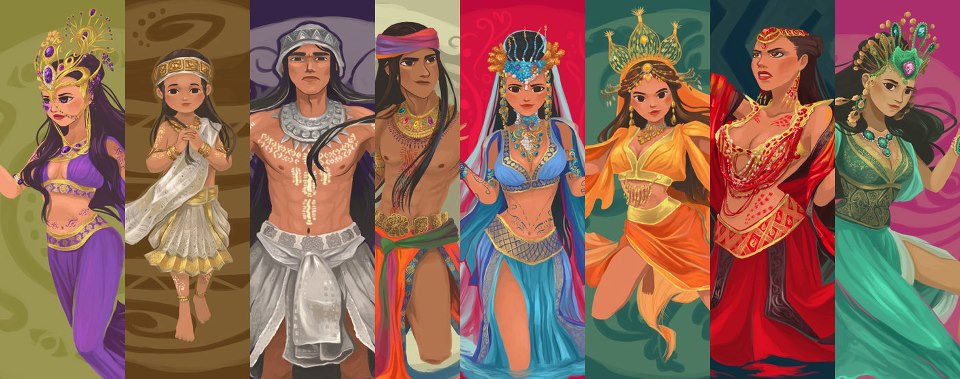
Let’s admit it: our knowledge on Philippine folklore, particularly Visayan folklore, is quite vague and limited. Most of what we know consist of speculations which we can somehow attribute to two contributing factors – our ancestors during the pre-Hispanic times wrote on barks of trees and bamboo segments which can’t resist destruction over time and those surviving Filipino writings weren’t spared from the wrath of Spanish missionaries who connect these literatures with pagan religion.
But Philippine Folklore is not limited to written narratives. There’s another subdivision which lasted through generations: verbal folklore – which includes folk speech, proverbs, riddles, myths, legends, folk epic, genealogical tale, and folktales. Aside from these, we also have social folk customs and material folklore which we have unknowingly practiced.
5 Visayan Folklores you probably don’t know
To discuss Visayan folklores means having to discuss the rich and bountiful traditions of the middle archipelagic dwellers of the country. It is such a wide scope to tackle. But equally interesting, nonetheless. So to start with, let’s see if you are familiar with these five Visayan folklores.
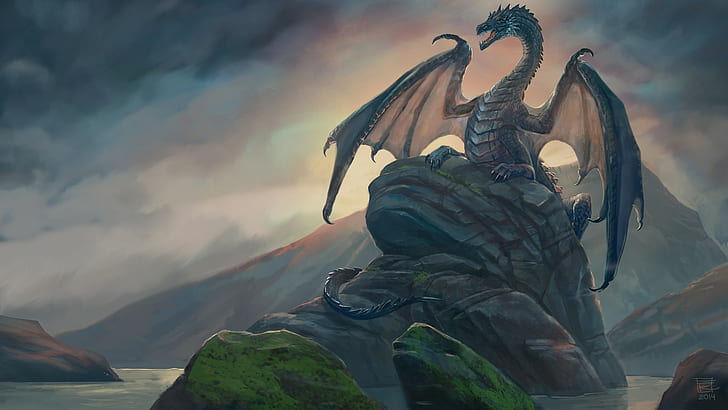
In the early pagan days of the Philippines, Mount Kanlaon was believed to be the cradle of a terrible mad dragon which tortures and demands people for virgin sacrifice every New Year. Most often, this human sacrifice is a peasant girl – for the poor should suffer for the betters. A precept which remains instinctive among Filipinos until these days.
However, there came a time when all peasants were gone. So when the New Year came, a noble virgin sacrifice deem as a possible solution. But the King could not select a girl of noble blood as this could trigger rebellion about the people. In this predicament, a young lad named Laon came and convinced the king of his identity as a demigod and promised to slay the dragon. In return, the king said that he could do such, he would give his wealth and daughter to him.
Laon had mysterious power over the animal – of whom he could speak in their tongues. He gave them errands so that he may successfully slay the dragon. The ants charged the dragon, the bees stung the dragon’s eyes, and the fearless eagles bruised its sprawling lips and tore its knotty skin. Then Laon stepped up with his sword and cut off the dragon’s head.
From then on the people of Negros have never feared the dragon and Laon married the princess and became the new king of the kingdom. The people named him Kan Laon or the Great Laon in gratitude for his courageous act.

According to Cebuano legends, there used to be seven lovely moons in the heavenly kingdom when the Bakunawa – a huge serpent – fell in love with them. He rules the seas and would often gaze with wonder and admiration to these seven moons. By and by, he yearned to swallows and eternally possess them.
So one night, he flew and swallowed of the moons. To his dismay, the moon he had swallowed melted. So he tried to get another but still got the same results. He tried six times and failed the same way.
Meanwhile, Bathala became conscious of the mysterious disappearance of the moons. He tried to investigate and found out what the Bakunawa has been doing. He caught him swallowing the last moon which made the earth in total darkness. The people revolted and hearing the shouts and noise, Bakunawa left the last moon and went back to this cavern in haste.
Upon seeing this, Bathala planted a bamboo treed in moon to prevent the Bakunawa from swallowing it up again. This bamboo tree can still be seen as a dark spot in the face of the moon.
However, the Bakunawa has never given up with his mission. Once in a while, he tries to swallow it up but the people are always alert and the bamboo tree continuous to do its task of preventing the Bakunawa from swallowing the last moon.
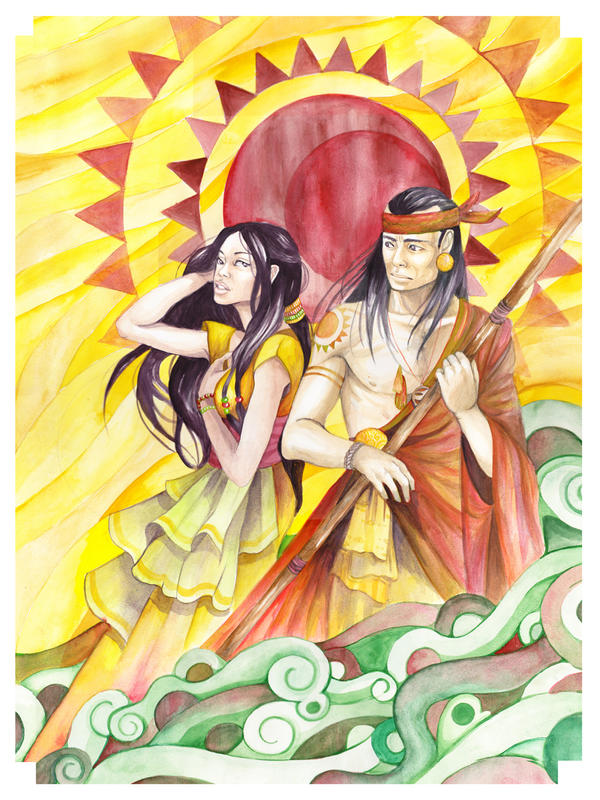
The head of the family has always been viewed as a disciplinarian. In one of the creation myths of the Visayas, the father wanted to teach his children to be responsible so he one day, he pretended to be very angry at them. Such remorse caused the children to scatter all over house while there were other who flee outside.
According to this story, the choices you make would usually result to bigger consequences in the future. Those who hid inside the bedroom became the datu class; those who stay in the main room became the timawa or freemen; while those who hid behind the walls became the olipon or slaves. Meanwhile, those who reach the kitchen with the pots became the Negritos and the rest of those who left the house became foreigners.
This story was unearthed as inspired by the efforts of Jose Rizal and his fellow reformists-scholars who debunked the misconceptions that our Filipino ancestors were barbaric and savages, and unworthy of appreciation.
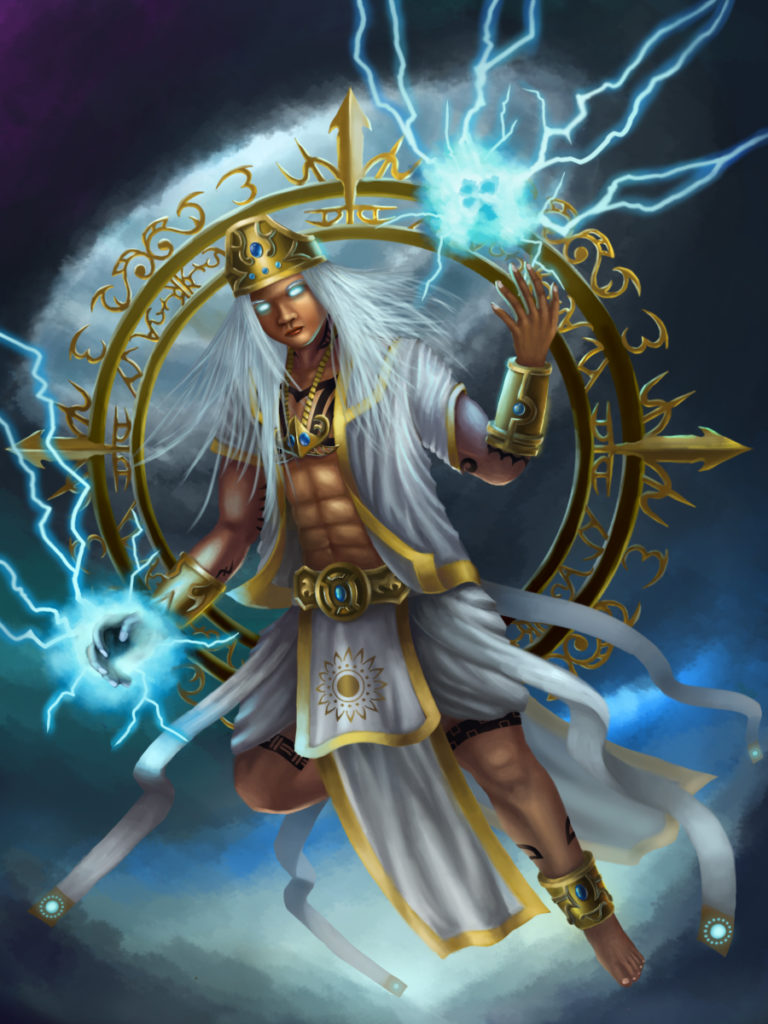
The Boxer Codex narrates the story of Pandaguan – descendant of the first man and woman breathe life by the gods Kaptan and Maguayen. Despite his arrogant personality, he was believed to have invented the art of fishing. In fact, in one of his fishing trips, he was able to accidentally catch and kill a shark. Being able to do such act, he claimed that it is also possible for him to slay the gods.
Upon knowing this, Kaptan taught him a lesson by striking him with a thunder bolt. He was struck to death and remained lying on the ground for thirty days. Nevertheless, Kaptan didn’t mean to kill him. He was revived however, his skin turned to black and so was all his descendants became dark skinned as well.
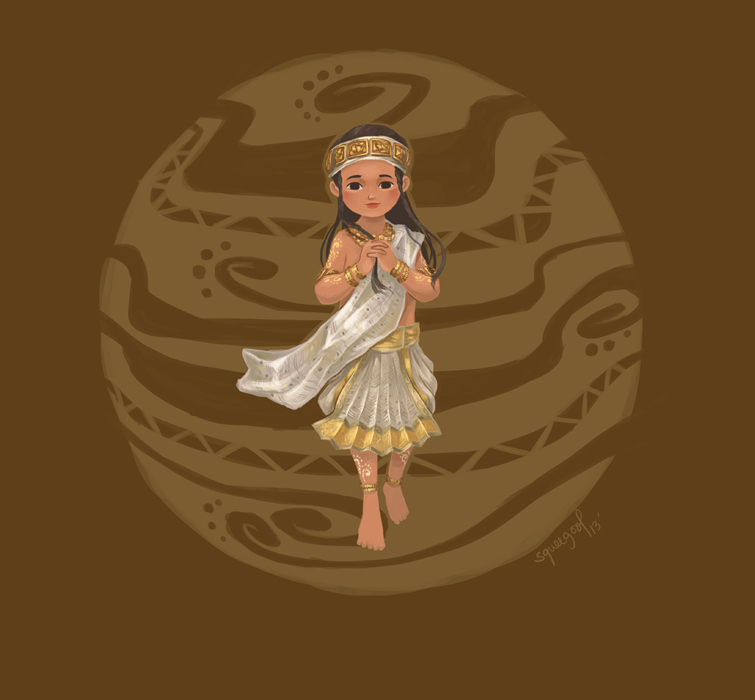
Legend has it that long before the Spaniards came, a native fisherman of Cebu went out to sea but was having a hard time catching any fish. Finally, after a whole day, he felt a weight in his net. When he pulled it up, he discovered that it was nothing but a piece of agipo (driftwood). This made him exasperated and caused him to throw it back to the sea. However, such piece of wood kept coming back over and over. When he got tired and frustrated, he finally surrendered and decided to keep the driftwood in his boat. And as if like magic, all fishes in the sea began to flock towards his boat. Because of this, he was able to return to the village with a bountiful catch.
Soon after, the natives of Cebu discovered the magical powers of this driftwood. They used it as a scarecrow to keep the birds and animals from drying the grains. When drought comes, they just immerse it in the sea and the rain is said to eventually come.
This agipo became an idol among the natives – their god of graces.
The advent of technology may have prevented the younger generation from believing these Visayan folklores but these have been long inculcated within us and have been undeniably shaped our perspectives despite scientific evidences and researches. Instead of castigating these stories, may we find meaning of how our ancestors lived and learn from these stories the real essence of what it is to become a Filipino.